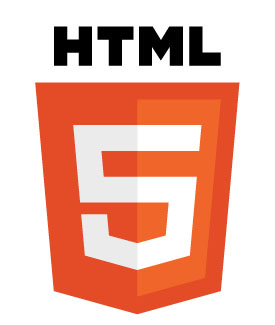
The World Wide Web Consortium (W3C) just took the wraps of an HTML5 logo, intended to serve as an all-purpose branding for current versions of key Web technologies, including HTML and CSS as well as standards like SVG graphics and WOFF, the Web Open Font Format. Although browser developers have been touting their support for “HTML5” features for some time—including local storage, CSS 3.0 support, and support for media-friendly HTML elements like canvas and video), the actual HTML 5 specification has never been finalized, making the technology a moving target for developers and publishers.
However, the reality is that there hasn’t been a formal, complete specification for HTML since HTMl 4.01 over a decade ago, and now the head of the Web Hypertext Application Working Group (WHATWG), Ian Hickson, says that HTML development is going to drop version numbers to become a “living standard” that will evolve dynamically, adapting new technologies on the fly.
“HTML is the new HTML5,” Hickson writes. “In practice, the WHATWG has basically been operating like this for years, and indeed we were going to change the name last year but ended up deciding to wait a bit since people still used the term ‘HTML5’ a lot. However, the term is now basically being used to mean anything Web-standards-related, so it’s time to move on!”
Specifications for HTML will simply live under the banner term HTML, and will be treated as a “living standard.” In practice, that means that the WHATAG will no longer attempt to create snapshots of the standard that can be used as reference points, and will no longer seek to certify versions of HTML. Instead, the HTML standard will simply be a living document that defines Web technology as it evolves.
While HTML development has been a moving target for a number of years, some developers consider the WHATAG’s decision as little more than throwing in the towel, an admission that Web technology has become too complex to be managed effectively, and an increased opportunity for a limited number of interested parties (like big companies) to influence standards development. On the other hand, some developers welcome the move, since it means groups like the WHATAG will spend less time and fewer resources trying to wrangle together a definitive spec; that, in turn, could lead to new technologies being integrated with the “standard” more quickly, spurring new innovations.


